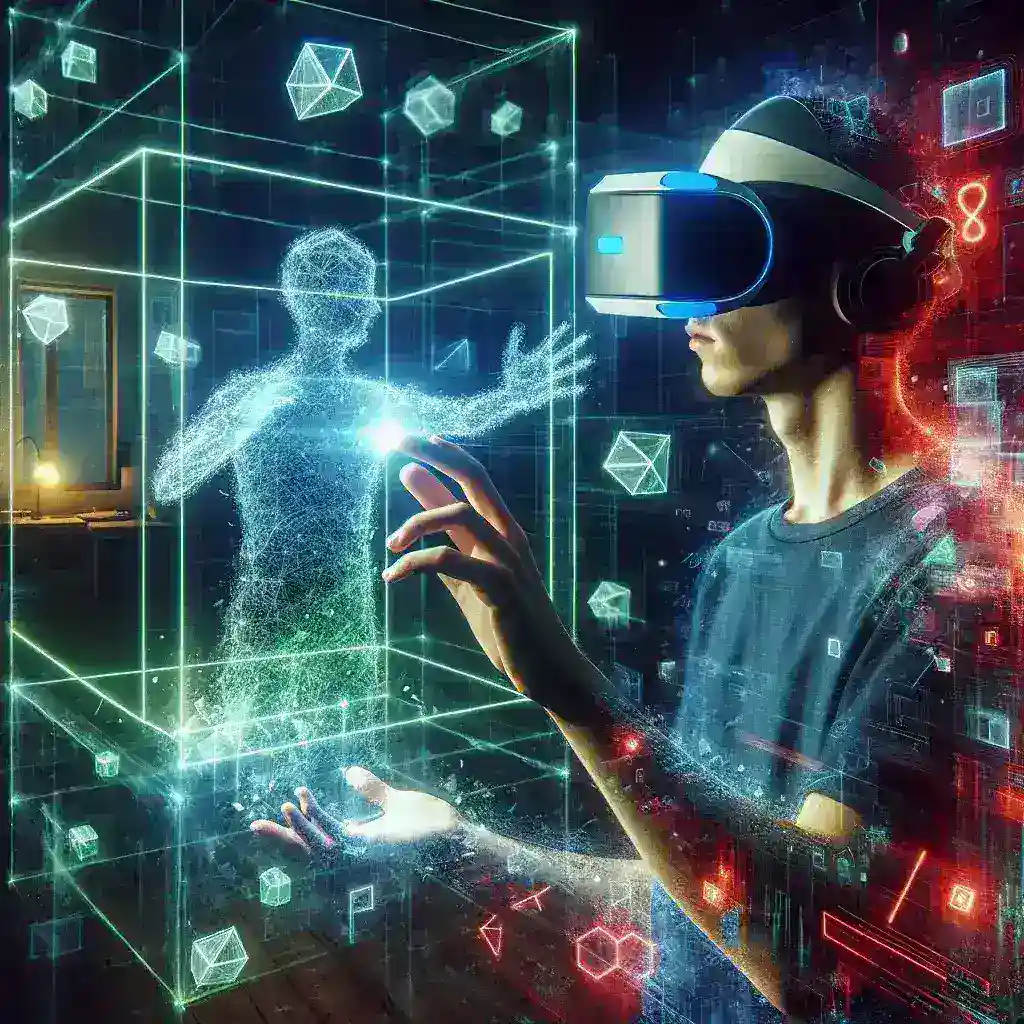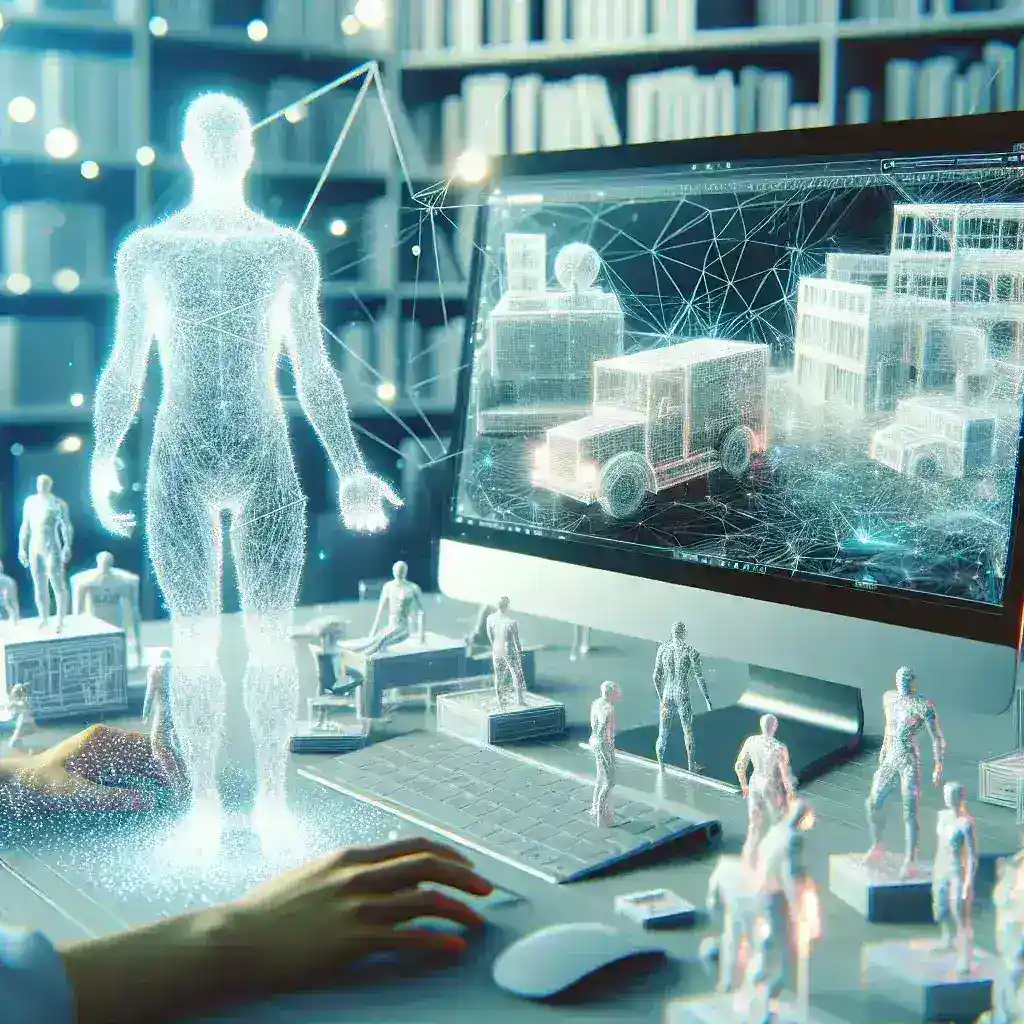
Introduction
In recent years, the gaming industry has seen a significant shift towards more immersive experiences. One of the most exciting developments is the rise of mixed reality (MR) platforms that blend physical and digital objects, creating a unique gaming environment that captivates players. This article delves into the concept of mixed reality, its historical context, current applications, and future predictions, all while highlighting the benefits and challenges of this innovative technology.
Understanding Mixed Reality
Mixed reality is an advanced form of augmented reality (AR) that integrates real-world elements with digital content in real time. Unlike traditional AR, which overlays digital graphics onto the physical world, mixed reality allows for interaction between physical objects and digital entities. This results in an immersive experience that captivates users, making them feel as though they are part of the game.
Historical Context
The origins of mixed reality can be traced back to the late 1960s when computer scientist Ivan Sutherland created the first head-mounted display system, known as the “Sword of Damocles.” Over the decades, advances in technology, such as improved computer graphics, motion tracking, and the availability of affordable hardware, have enabled the development of more sophisticated MR applications. It wasn’t until the early 2010s that companies began to invest heavily in mixed reality technologies, leading to the creation of products like Microsoft’s HoloLens and Magic Leap One.
Current Applications in Gaming
Today, mixed reality platforms are revolutionizing gameplay in various ways:
- Seamless Integration: MR platforms allow players to interact with digital characters and objects that respond to their physical movements, creating a more engaged gaming experience.
- Environment Interaction: Players can manipulate real-world objects that have a direct impact on the digital game world, offering a unique blend of strategy and skill.
- Social Connectivity: MR can connect players in shared physical spaces, fostering collaboration and competition without the need for traditional gaming consoles.
Popular Mixed Reality Games
Several games have successfully employed mixed reality technology:
- Pokémon GO: Although primarily an AR game, it incorporates elements of mixed reality by allowing players to see Pokémon appear in their actual surroundings.
- Half-Life: Alyx: Utilizing VR and MR elements, this game creates a deep narrative experience where players must navigate both virtual and physical spaces.
- The Walking Dead: Saints & Sinners: This game combines physical movements with a compelling narrative, allowing players to interact with the environment and make choices that affect the story.
Benefits of Mixed Reality in Gaming
There are numerous advantages to using mixed reality in gaming:
- Enhanced Immersion: MR creates a more lifelike experience, drawing players into the game world as they interact with both physical and virtual elements.
- Active Engagement: Players are required to move and think critically, promoting physical activity and cognitive skills.
- Creative Potential: Developers can craft intricate narratives and gameplay mechanics that leverage real-world interactions, expanding the boundaries of storytelling in games.
Challenges Faced by Mixed Reality Platforms
Despite its advantages, mixed reality technology faces several challenges:
- Hardware Limitations: High-quality MR experiences require advanced hardware, which can be expensive and inaccessible for many users.
- Content Creation: Developing engaging MR content demands significant resources and expertise, which can hinder widespread adoption.
- Safety Concerns: Players immersed in mixed reality may become unaware of their physical surroundings, leading to potential accidents.
Future Predictions for Mixed Reality Gaming
The future of mixed reality in gaming is promising, with several trends expected to shape the landscape:
- Increased Adoption: As technology continues to advance, MR platforms will become more affordable and user-friendly, attracting a larger audience.
- Cross-Platform Integration: MR experiences will likely integrate with existing gaming ecosystems, allowing for seamless transitions between different gaming environments.
- Expanding Social Features: Developers will prioritize social interactions, creating shared experiences that bridge the gap between physical and digital worlds.
Conclusion
Mixed reality platforms are at the forefront of a gaming revolution, blending physical and digital objects to create immersive experiences that captivate players. As technology advances, we can expect to see even more innovative applications of MR, changing the way we perceive and interact with games. By understanding the rich history, benefits, and challenges of this technology, players and developers alike can better prepare for the future of gaming.
Call to Action
Are you ready to experience the future of gaming? Dive into the world of mixed reality and explore how it blends the physical and digital realms for an unparalleled gaming experience. Stay tuned for more updates on the latest MR technologies and games that will redefine entertainment in the coming years.





Leave a Reply